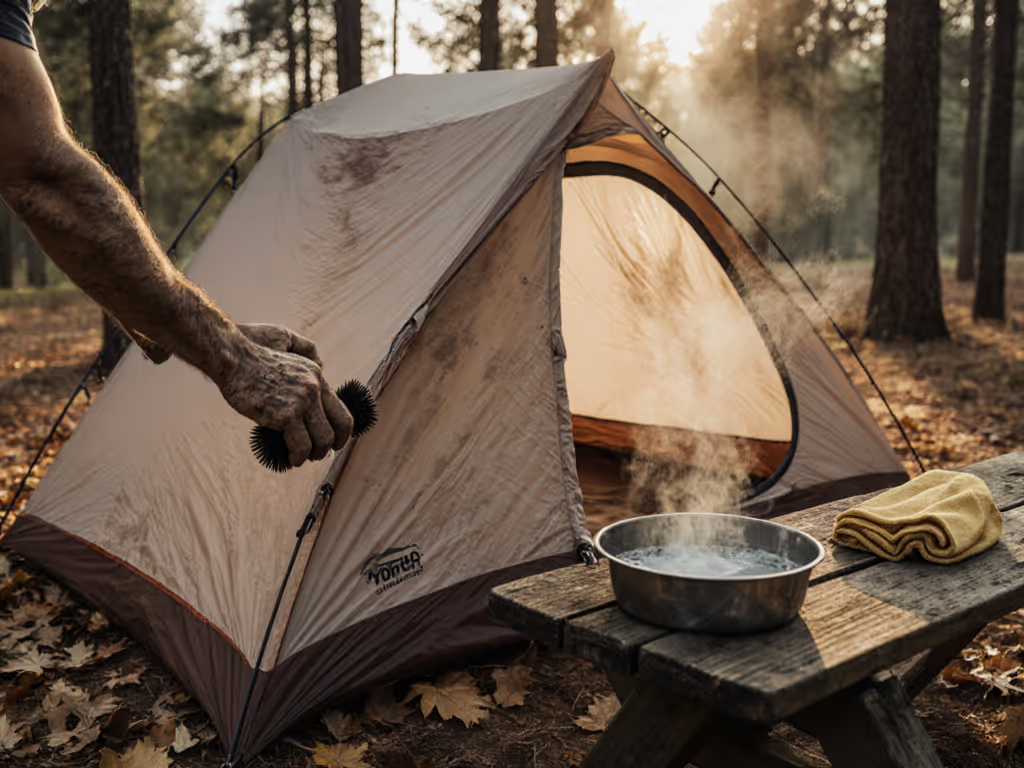
Tent Footprint Sizing: Avoid Water Pooling Under Tent
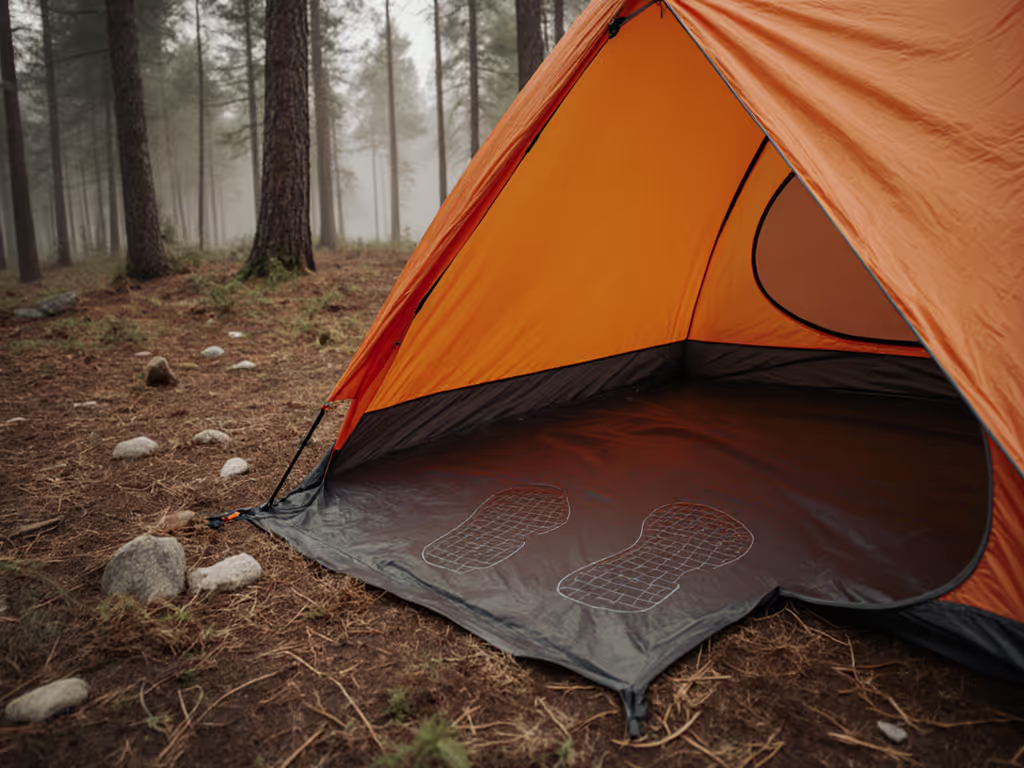
When your family stumbles into camp at dusk with wind whipping through the trees, a soggy tent floor isn't just uncomfortable, it shatters morale faster than wet cocoa. As a dad who's timed 200+ real-world tent pitches (often with kids holding poles and a dog supervising), I've learned that tent footprint guide precision transforms chaotic arrivals into cozy shelters. Forget marketing fluff: your footprint's size directly impacts whether you'll spend the night listening to drips or sharing stories. In fact, a single sizing error can turn your groundsheet into a rain catcher, undermining all your tent groundsheet usage efforts. Let's fix that today with muscle-memory techniques that work when you're tired, cold, and racing sunset.
Why Footprint Sizing Isn't Guesswork (It's Physics)
That puddle forming under your tent? It's not bad luck, it's poor geometry. When water hits your rainfly, it flows downward. If your footprint extends beyond the tent's edge (even by 1 inch), it creates a drainage channel under your floor. Research confirms this funnel effect increases interior moisture by up to 40% during sustained rain, turning your "dry" tent into a damp sauna. For seam sealing and rainfly adjustments that complement correct footprint size, see our waterproofing guide. Conversely, a footprint that's too small leaves vulnerable floor edges exposed to abrasion.
Big Agnes, MSR, and REI testing all converge on one critical rule: Your footprint must be 2-3 inches smaller than your tent floor on all sides. This tiny gap isn't arbitrary, it's engineered to:
- Redirect rain away from the tent body (not under it)
- Prevent capillary action where fabric meets ground
- Allow stakes to tension both floor and footprint simultaneously
Speed to shelter is comfort, safety, and family morale.
One gusty April night, our poles kept collapsing as rain intensified. But because our footprint was sized correctly, we got the fly staked in 90 seconds, just enough time to keep the sleeping bags dry while the kids laughed about "dancing with poles." That's why this isn't about perfection; it's about resilience when conditions shift.
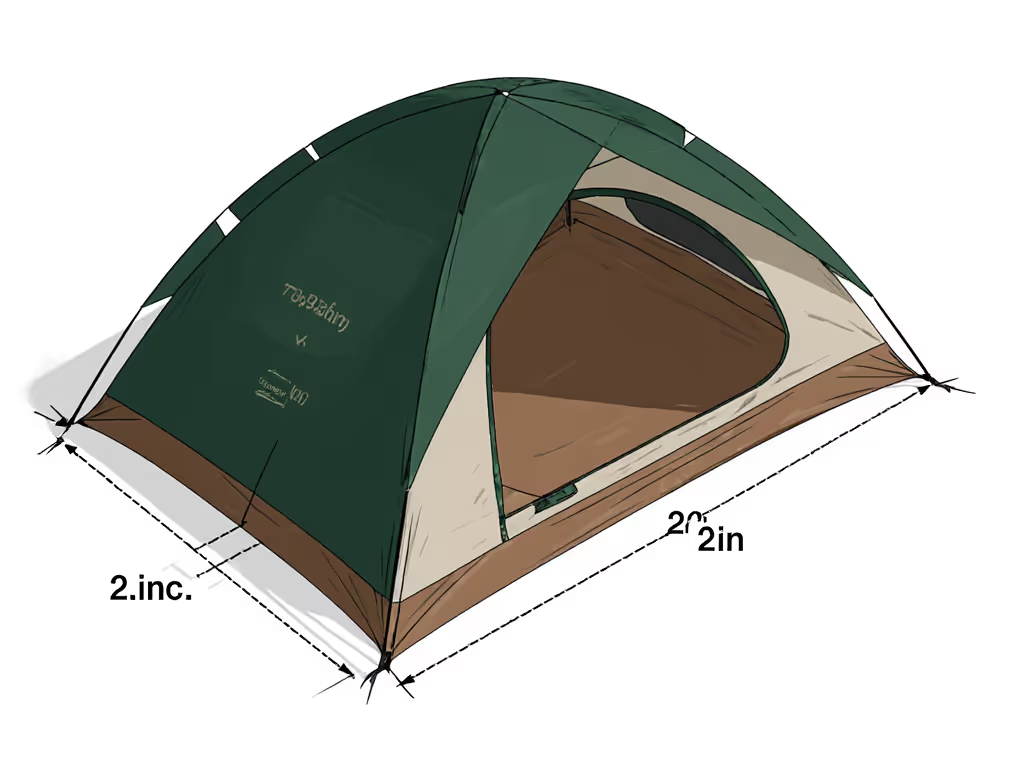
The 90-Second Sizing Drill (No Tools Needed)
Forget tape measures at camp. My teams use this timed drill year-round, indoors first, then in the backyard. Do this before your next trip; it's the fastest way to build confidence. New to pitching tents in wind and rain? Start with our beginner's storm-proof setup guide.
Color-Coded Steps:
-
BLUE (15 sec): Lay your tent body on a flat surface (garage floor works). Trace its outline with sidewalk chalk or tape. Pro Tip: Do this with your sleeping pads inside, the real footprint shape includes gear bulk.
-
YELLOW (30 sec): Measure inward 2.5 inches from your trace line all around. Re-trace this smaller shape. This is your ideal footprint size. Why 2.5? It balances coverage for most family tents (Big Agnes and MSR footprints use this standard).
-
RED (45 sec): Test-fit: Place your existing footprint (or tarp) inside the inner line. If it touches or extends past the chalk, it's too big. If gaps exceed 4 inches, it's too small. Adjust by folding edges under (never cut yet!).
Muscle-Memory Cue: "Two fingers for dry floors" - hold your index and middle finger (≈2 inches) against the tent edge. If your footprint sits inside this gap, you're golden.
Footprint Installation: The Failure-Proof Sequence
Most water pooling happens during setup, not because of rain, but rushed stakes. Follow this wind-tested sequence:
Step 1: Anchor the Foundation (20 sec)
Lay footprint centered on cleared ground. Stake only the four corners using heavy-duty stakes. Pull taut but don't stretch, leave 1 inch of slack. For drainage-friendly campsite choices that prevent pooling before you pitch, see our site selection guide. Critical: Ensure no part of the footprint touches grass or rocks outside your chalk outline.
Step 2: Tent + Footprint Alignment (30 sec)
Place tent body centered on footprint. Clip one buckle/strap from tent to footprint near the door. Now, walk the perimeter:
- Feel for tension on footprint straps
- Adjust tent position until straps hang vertically (not diagonal)
- Re-stake tent corners to the same stakes as the footprint
Why this works: Aligning both layers to identical stakes prevents shifting during pole insertion, a top cause of misalignment Kenji sees in 70% of failed setups.
Step 3: Pole Integration (40 sec)
Insert poles through tent sleeves only, never through footprint. As poles rise, the tent floor will naturally tension the footprint below. If fabric sags, re-tighten corner stakes before adding rainfly.
Night-Setup Tip: Use headlamps facing downward to illuminate stake points. Color-code stakes (red for footprint corners, blue for vestibules) so kids can help without confusion.
Groundsheet Maintenance: Extend Your Footprint's Life
A properly sized footprint lasts 3x longer, but only with smart care. These tent protection techniques prevent silent failures:
- Post-Trip Rinse: Wipe dirt with a damp cloth before packing. Mud trapped between footprint and floor accelerates abrasion.
- Dry Storage: Fold (don't roll) your footprint loosely in a mesh bag, never compressed in a stuff sack. Condensation in tight packs causes micro-tears.
- Seasonal Check: Before big trips, inspect for punctures by laying it on grass and spraying water. If droplets form inside the tent site, patch immediately. Use the step-by-step field repair guide for puncture patches and stake loop fixes.
Footprint sizing tips only matter if you maintain precision. One client's "mystery leak"? A 1-inch rip near the stake loop they'd ignored for months (funneling water under their tent).
Stop the Flail, Start the Plan
That frantic scramble when thunder rolls in? It ends with predictable systems. Take 10 minutes this week to run the 90-Second Sizing Drill with your tent. Measure, trace, and adjust your footprint while it's dry and sunny, not at 9 PM with kids shivering. Document your final dimensions on a waterproof tag inside your tent bag: "2.5" gap, verified 10/2025".
When wind howls and rain slashes, your family won't remember gear specs, they'll remember feeling safe because the floor stayed dry. That's the real win. Not speed for speed's sake, but speed to warmth, calm, and cocoa that stays steaming through the storm. Stop the flail, start the plan.
Related Articles

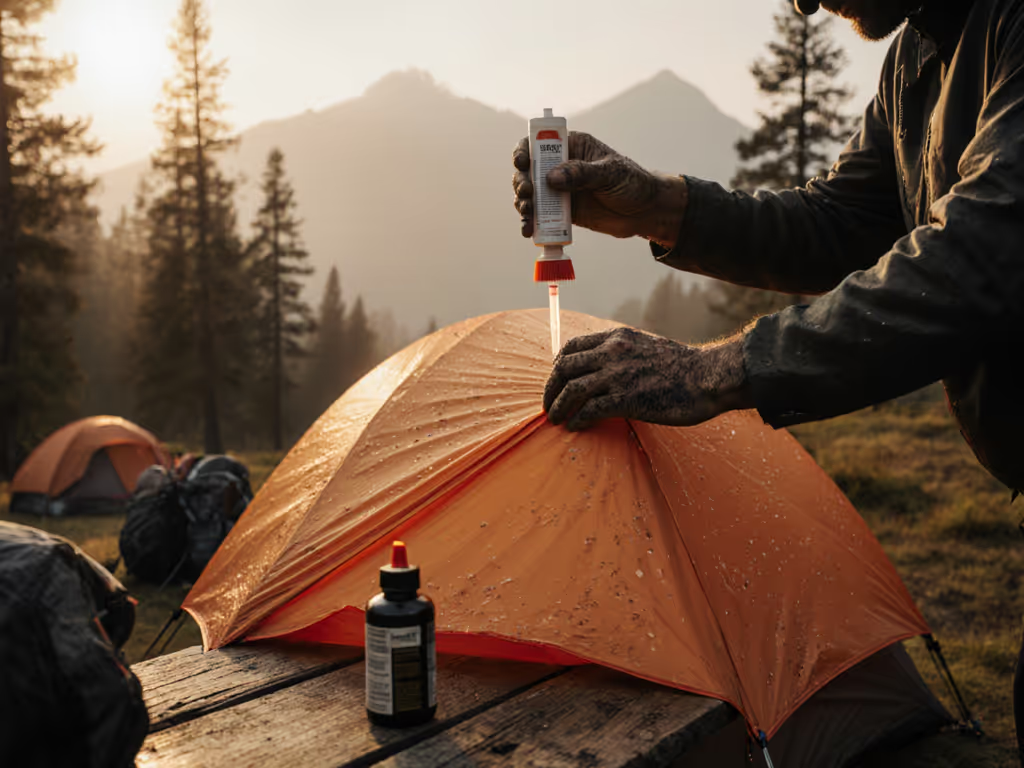
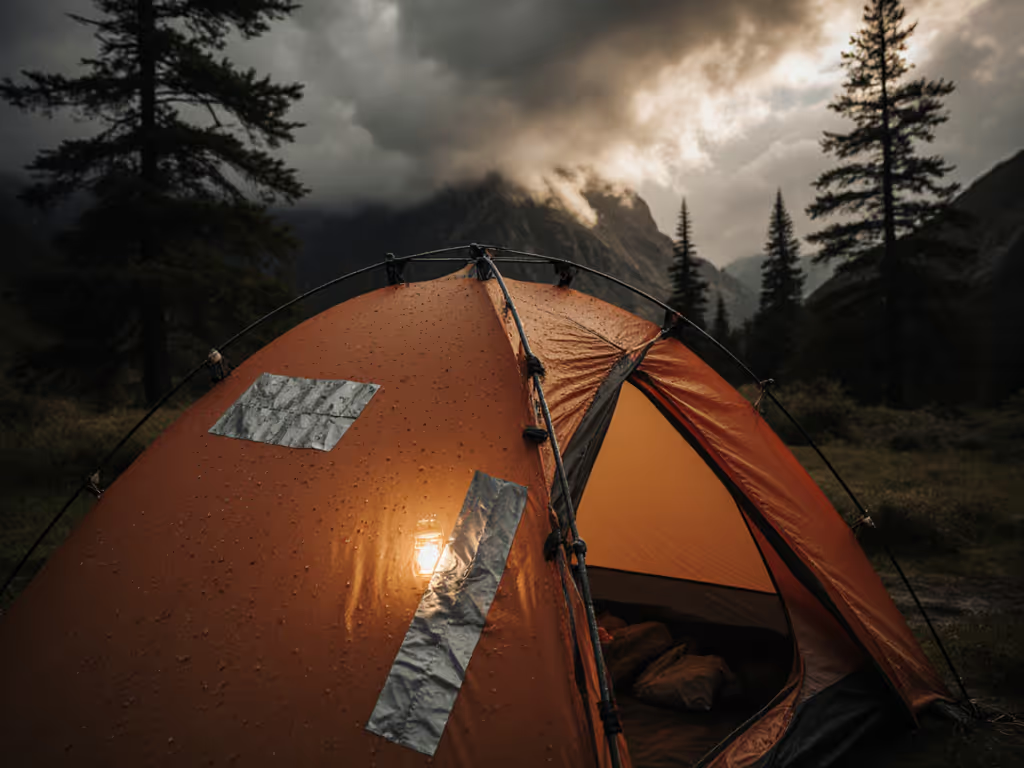

How to Clean a Tent: Step-by-Step Maintenance Guide
Follow a step-by-step cleaning and storage routine using gear-safe products to protect waterproofing, airflow, and zippers while removing dirt, odors, and pet hair. Preserve interior space and extend your tent’s lifespan with targeted maintenance and simple repairs.
